In the United Kingdom, there are specific regulations in place that prohibit certain dog breeds from being owned or bred due to their perceived danger to the public. These breeds are commonly referred to as banned dogs and are subject to the Dangerous Dogs Act, which enforces breed-specific legislation (BSL) to control and regulate the ownership of certain breeds.
Overview of Banned Dog Breeds
Understanding breed-specific legislation
Breed-specific legislation are the laws and regulations that target certain breeds or “types” of dogs that are thought to be dangerous or pose a threat to the public. These laws restrict or ban the ownership, breeding, and importation of certain dog breeds.
The history of banning dog breeds in the UK
The history of banning dog breeds in the UK dates back to the introduction of the Dangerous Dogs Act in the 1990s. This legislation was in response to a series of high-profile dog attacks. Over the years, more breeds have been added to the list of banned dog breeds in the UK.
Most recently the XL BULLY has been added to the list of banned breeds, and the 31st of December 2023 is the date when Section 1 of the Dangerous Dogs Act 1991 is officially amended to include the XL BULLY. If you own an XL BULLY here’s what you need to know to prepare for the ban.
When it comes to the specific banned dog breeds in the UK, there are several types that fall under this category. These breeds have been deemed as posing a danger to the public, leading to their prohibition under the Dangerous Dogs Act. Among the specific banned dog breeds are the following:
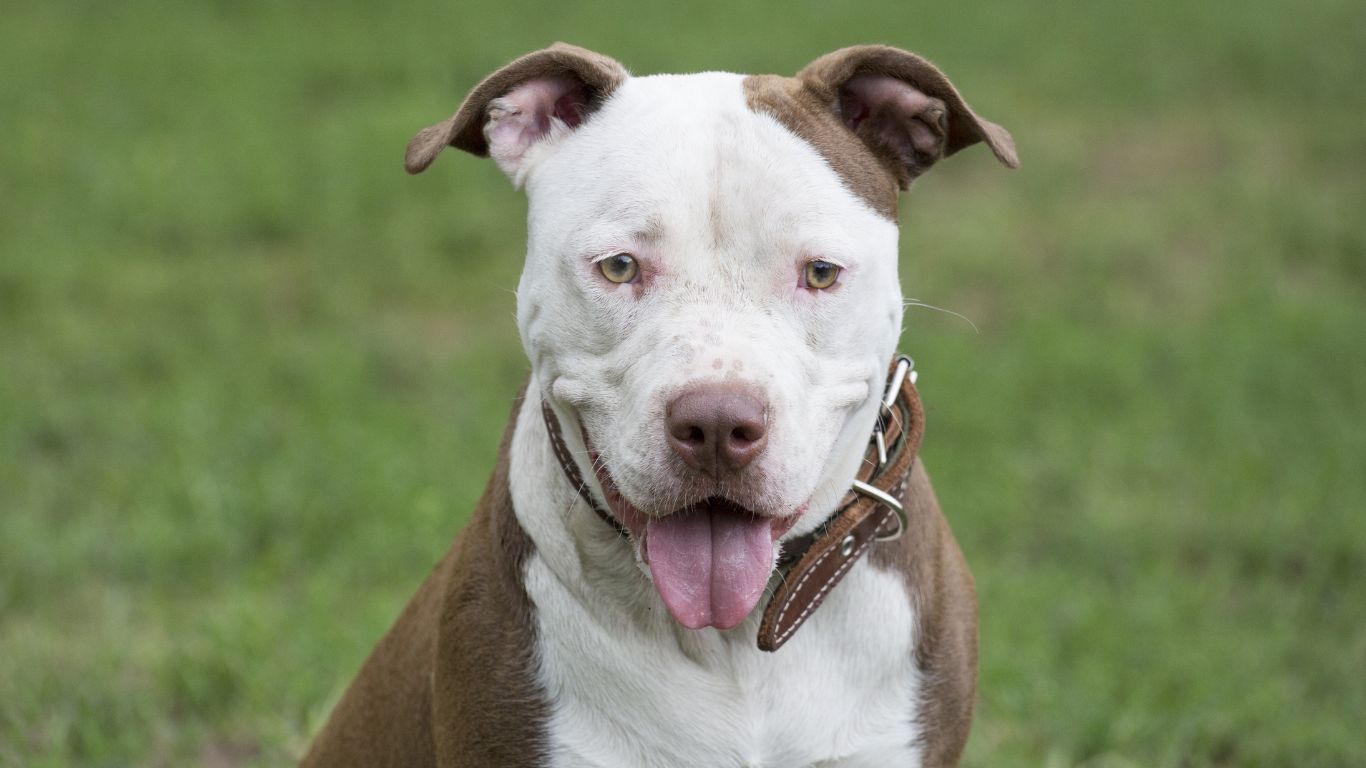
Pit Bull Terrier
The Pit Bull Terrier is one of the most widely recognised banned breeds in the UK.
The Pit Bull Terrier is a medium-sized breed known for its muscular build and distinctive appearance. They have a short, shiny coat and a strong, sturdy frame. Pit Bulls have a broad head and a short muzzle. Their ears can vary but are often cropped. Their tails are typically tapered and can be short or medium in length.
The history of Pit Bull Terriers traces back to the early 19th century in the United Kingdom, where they were initially bred for bull-baiting. The breed was eventually brought to the United States and was known for its strength, loyalty, and determination.
Over time, Pit Bulls were also used in dogfighting, which led to a negative reputation for the breed. However, it’s essential to note that their aggressive behaviour was encouraged through selective breeding and training for this purpose.
Nowadays, Pit Bulls are recognised for their loving and loyal nature, making them excellent family pets when properly trained and socialised.
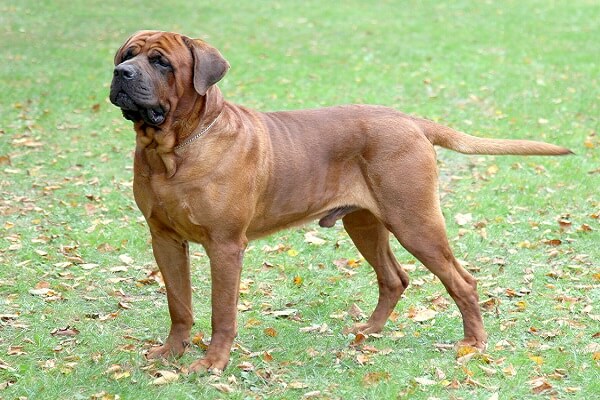
The Japanese Tosa
The Japanese Tosa, often referred to as the Tosa Inu or Japanese Mastiff originated in Japan, these dogs were initially bred for dog fighting in the late 19th century through a careful crossbreeding of native Japanese breeds with European Mastiffs, Bulldogs, and German Pointers.
The coat of the Tosa is typically short and smooth, commonly coming in shades of red, brindle, or fawn, although occasionally it may also be black.
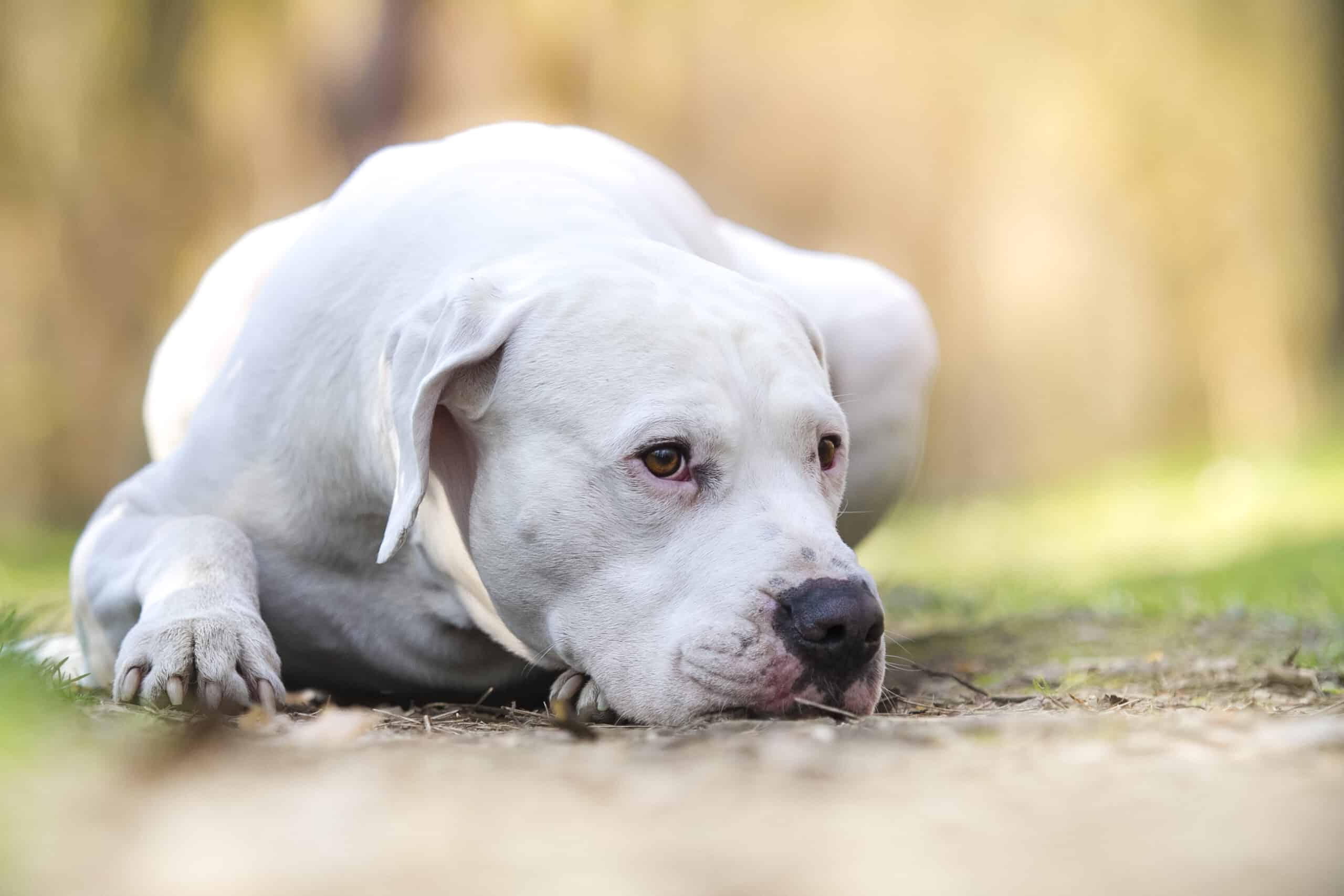
The Dogo Argentino
The Dogo Argentino, also known as the Argentine Mastiff, is a breed characterised by its muscular build and striking looks. These dogs are large, with a short, thick, white coat. Their heads are broad and powerful, featuring a square-shaped muzzle and dark, alert eyes.
Originating in Argentina in the early 20th century, the Dogo Argentino was developed by Dr. Antonio Nores Martinez, who aimed to create a versatile hunting and working dog. By selectively breeding several breeds, including the Cordoba Fighting Dog, Great Dane, Boxer, and Spanish Mastiff, he bred a dog capable of hunting prey like wild boar and puma.
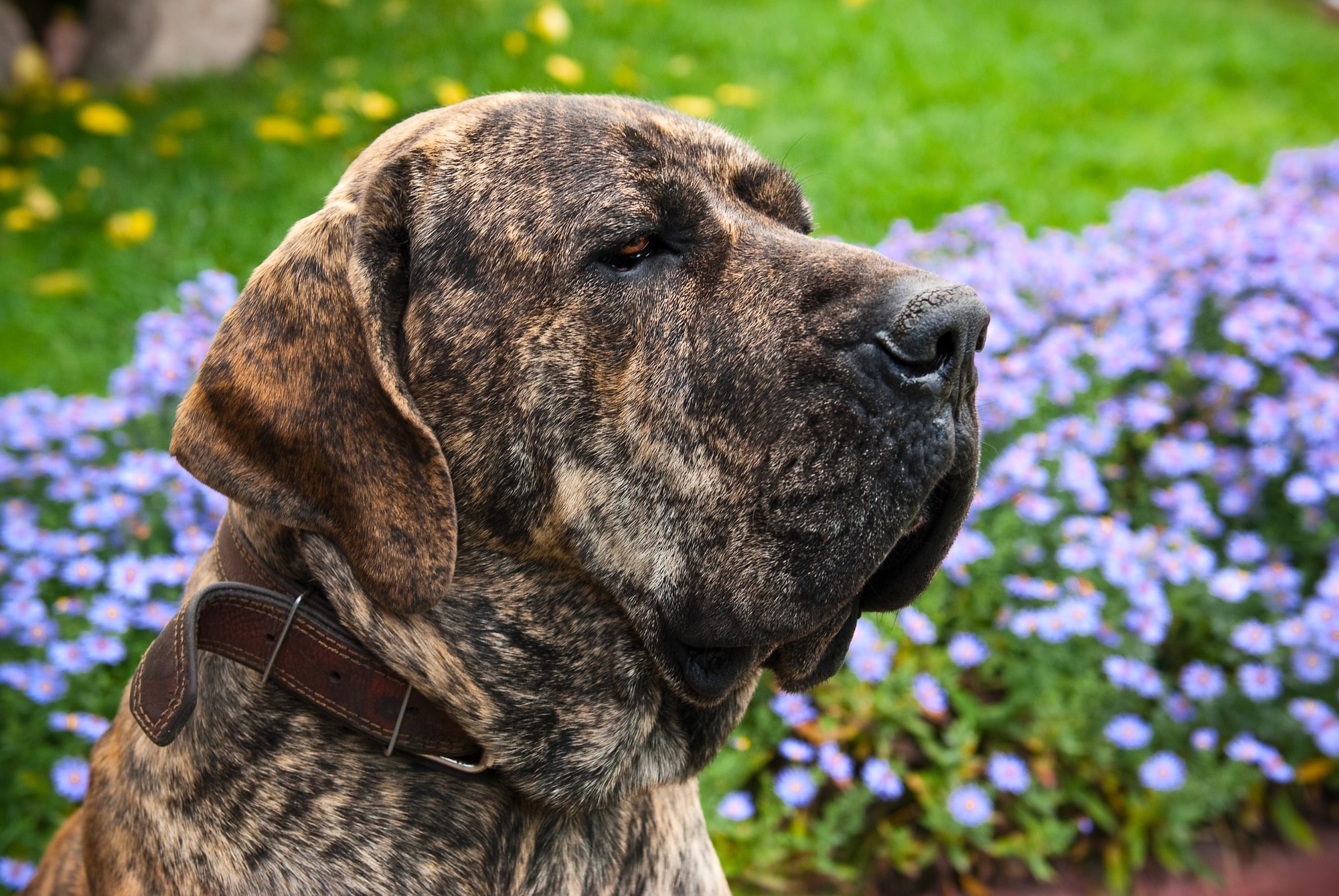
The Fila Brasileiro
The Fila Brasileiro, also known as the Brazilian Mastiff or Brazilian Fila, is a distinctive breed with an interesting history. These dogs are known for their strong, muscular bodies, and unique appearance. They typically have loose, wrinkled skin and a short coat that can come in different colours, including fawn, black and brindle. The breed’s head is large, with a pronounced stop and a square-shaped muzzle. Known for their loyalty and protective nature, the Fila Brasileiro was originally bred in Brazil for various tasks, including hunting large game, tracking, and guarding. Their roots trace back to European breeds like the Mastiff, Bloodhound, and Bulldog, which were brought to Brazil by Portuguese and Spanish colonisers. Over the centuries, the Fila Brasileiro developed into a formidable and versatile working dog. They are known for their devotion to their families and their natural guarding instincts, making them excellent protectors and loyal companions.
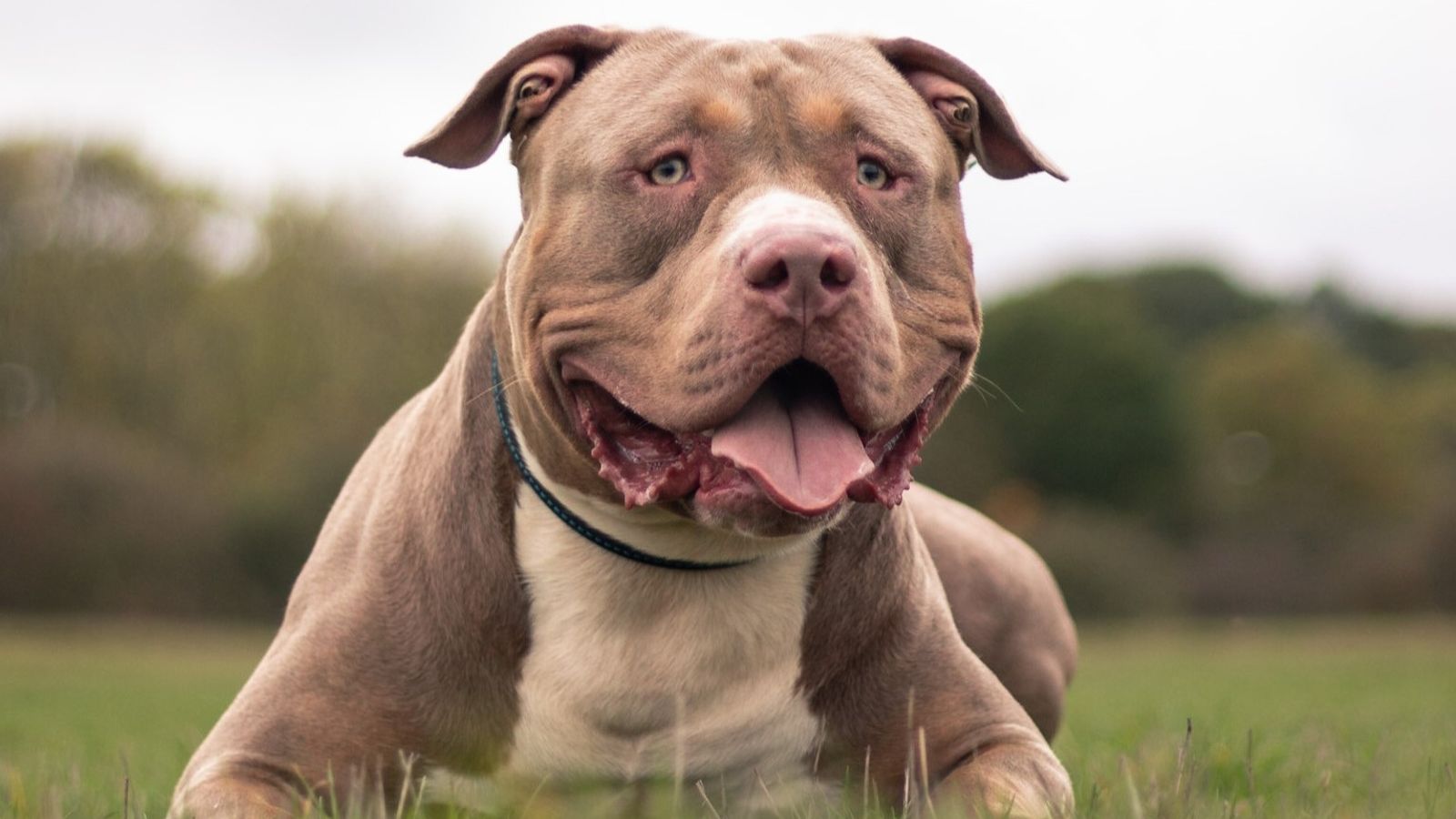
The XL BULLY
The XL Bully, also known as the American Bully XL, is a breed known for its heavy build and loyal nature. These dogs are muscular and sturdy, with a powerful frame and a short, glossy coat. XL Bullies come in various coat colours and patterns, and they often exhibit a broad chest, a strong neck, and a well-defined head. Renowned for their affectionate disposition and protective instincts, the XL Bully has a relatively short history.
The XL Bully’s lineage can be traced back to the late 20th century in the United States. The breed’s ancestors include the American Pit Bull Terrier, American Staffordshire Terrier and the Bulldog.
BSL and why it doesn’t work
The main concern for all involved is the safety of the public. However, breed-specific bans have proven not to work in reducing dog bite incidents.
Over time, these bans have failed to stop the rising number of dog bite cases. NHS data reveals a substantial increase in hospital admissions due to dog bites and strikes in England, from 3,377 incidents in 2000-01 to 8,758 in 2021-22, marking a significant 159% rise. This trend persists despite five dog breeds already being on the list of banned breeds.
To address this issue more effectively, we at Yappily, urge the UK Government to focus on dealing with owners whose dogs exhibit dangerous behaviour and pose risks. Additionally, action should be taken against breeders who put profit over responsible breeding practices first. Early interventions and better enforcement measures can help identify and address behavioural concerns in dogs before they escalate into incidents.
Rather than targeting specific breeds or types, the law should tackle aggression on a case-by-case basis. Members of the Dog Control Coalition unanimously agree that continually adding breeds to the banned list is not a solution; instead, we need changes in dog-related legislation to protect the public now and in the future.
Will the American Bulldog or the Cane Corso be added to the ban list?
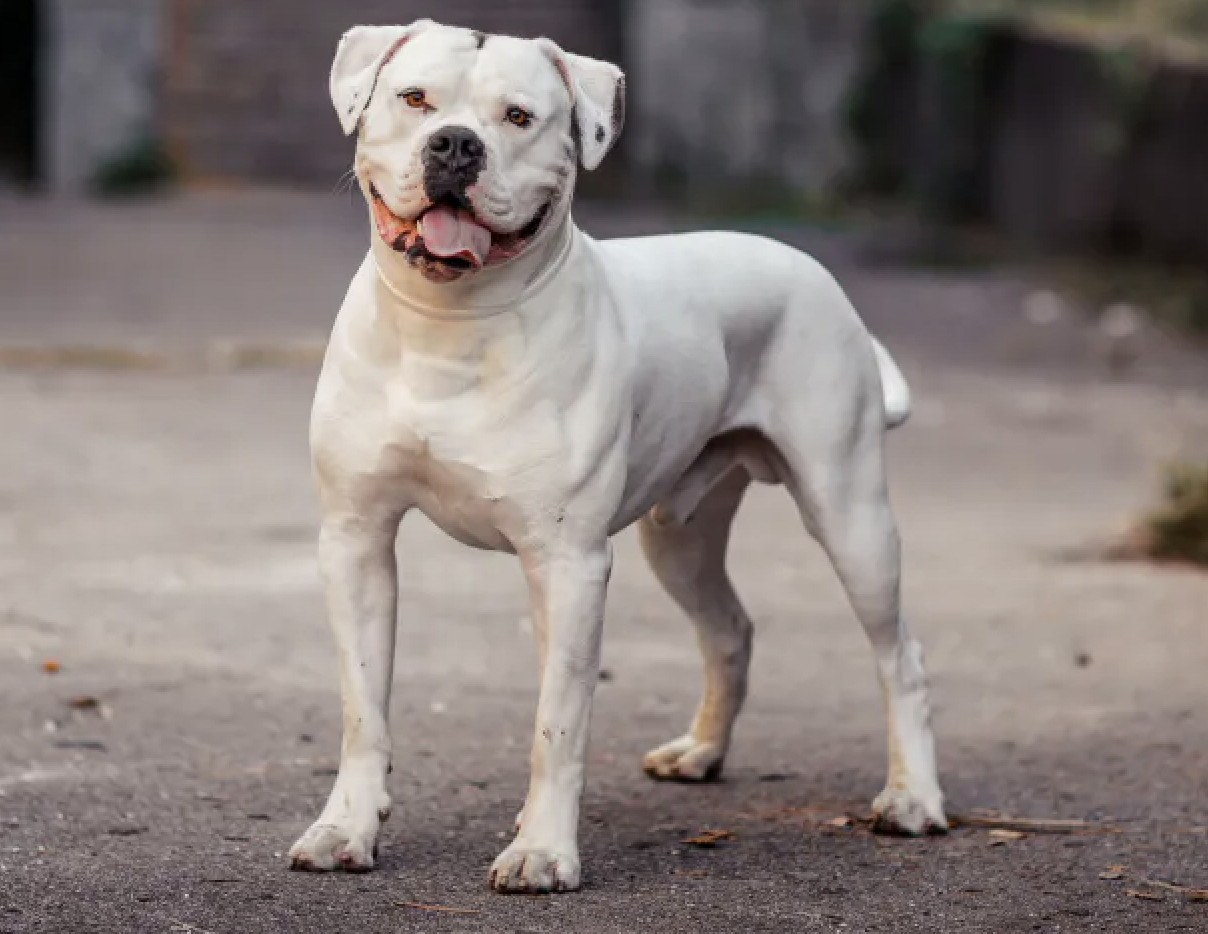
As of this moment in time, no. This breed may share some common ancestors way back when, but the American Bulldog is a different breed entirely from the XL Bully. The American Bulldog is not on the DDA list and as far as we know, will not be added to the list of dogs deemed dangerous in the UK.
How do I muzzle-train my dog?
If you have an XL Bully you will need to muzzle train your dog. Below is a video from Ellie at Ellie’s Dog Behaviour Vault showing how to do this using positive reward training.
You can also search for local qualified dog trainers in your area




Add a comment